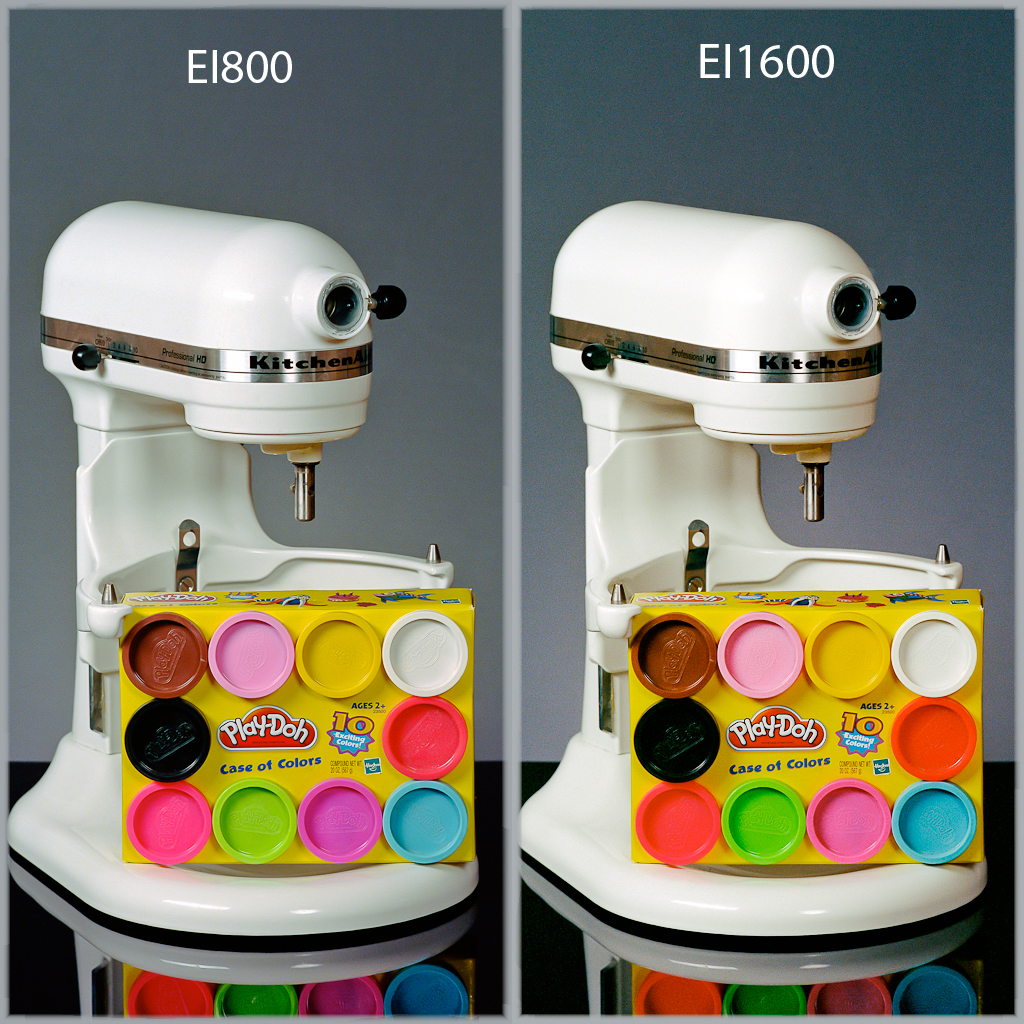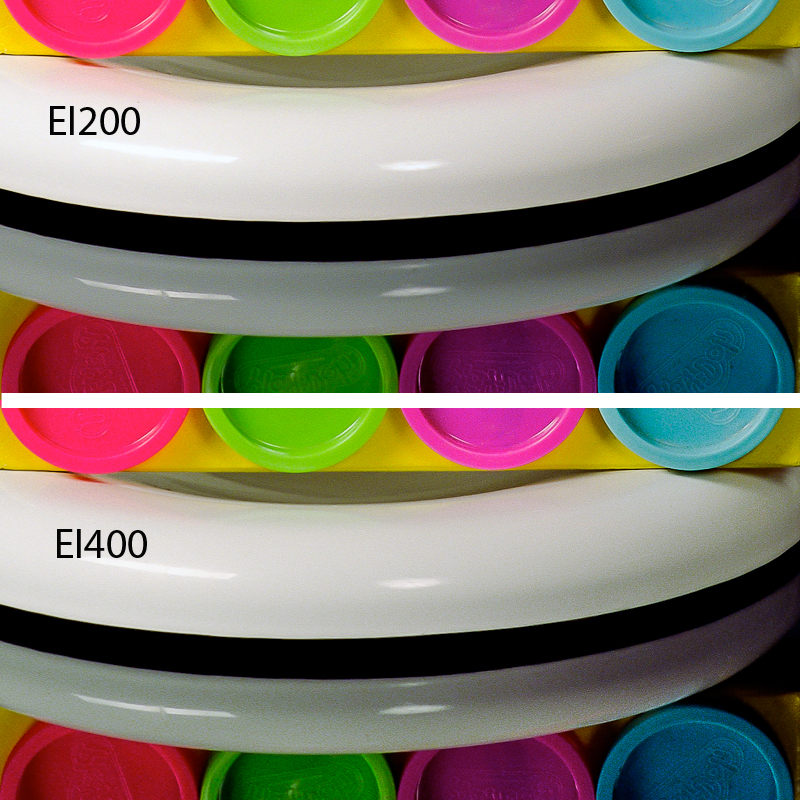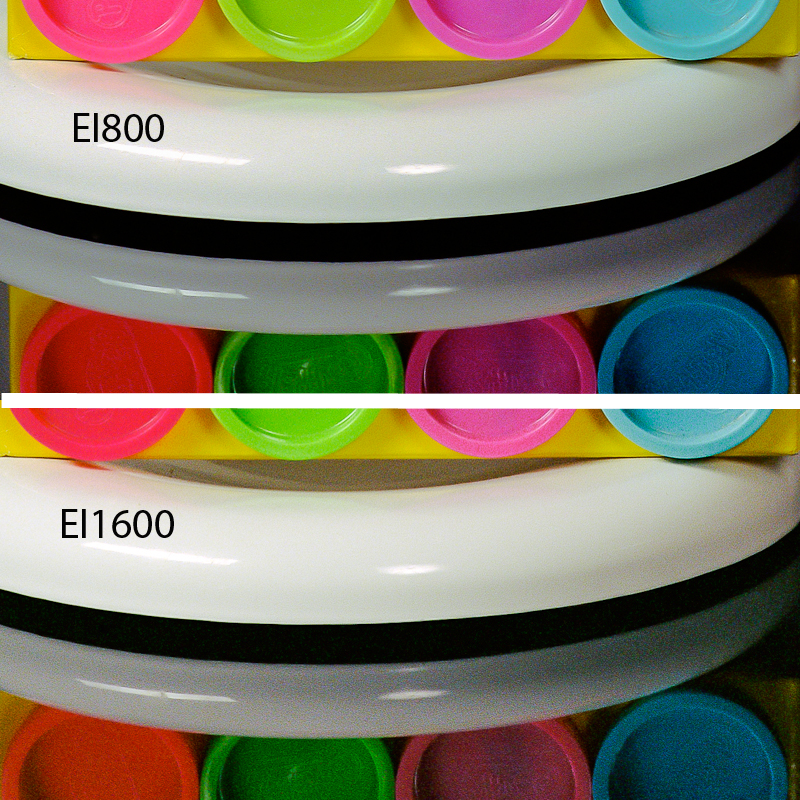I agree with you guys. The high ISO is nice. And you guys seem really happy with those high ISO results and that's all that matters. But I guess I'm too fussy sometimes. I shot this at a wedding reception on auto ISO and it turn out to be ISO 4500. I like the results and the fact I didn't need a flash but at that ISO already the flesh tones are getting compressed and don't have as smooth transitions as it could be. I went to a flash shortly after that.



 Sign In
Sign In Create Account
Create Account

 Find content
Find content Male
Male















